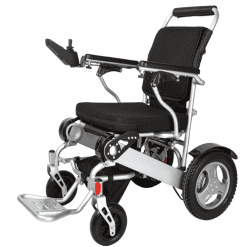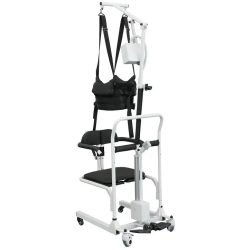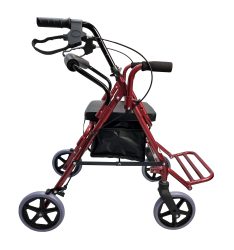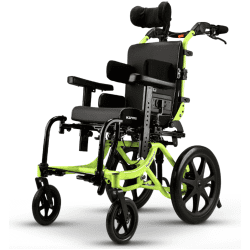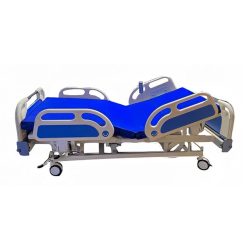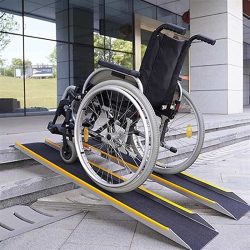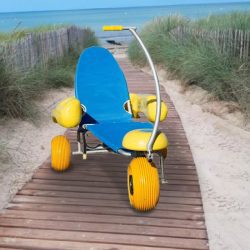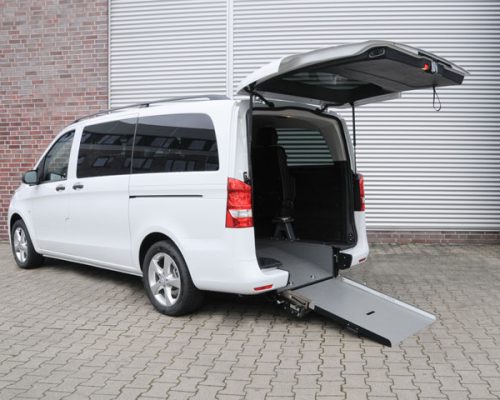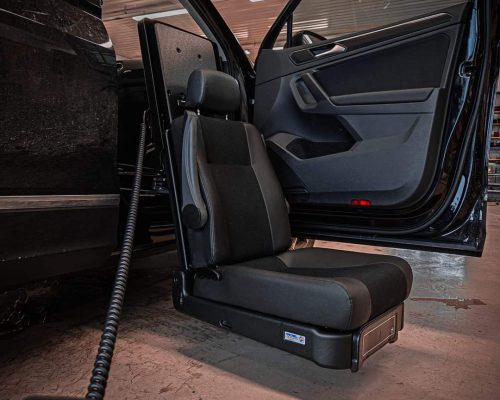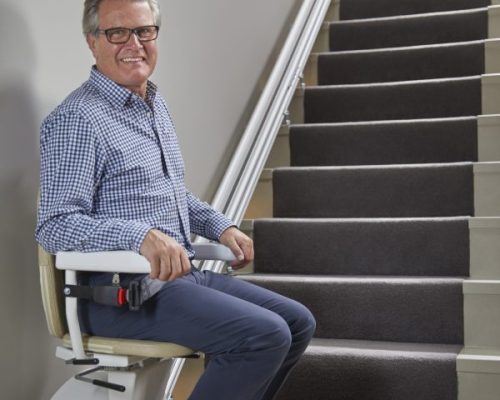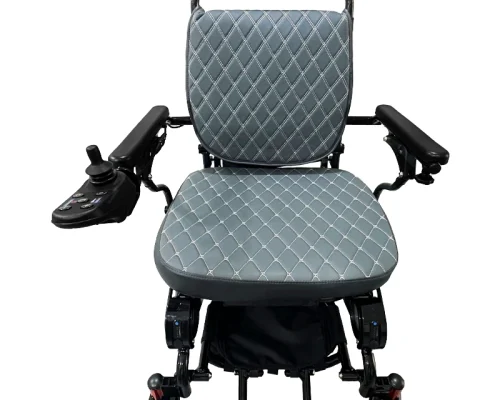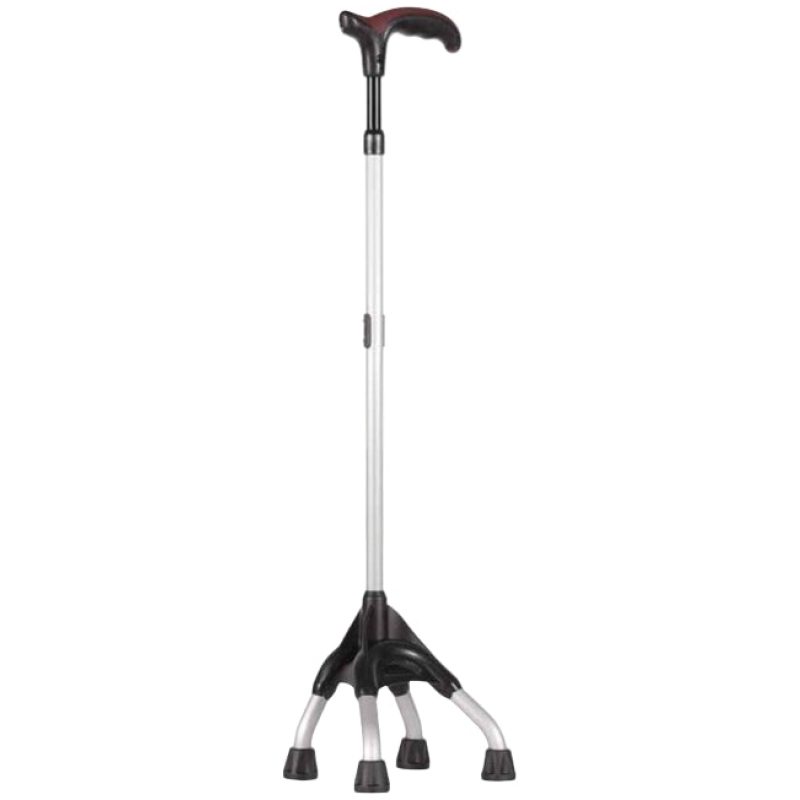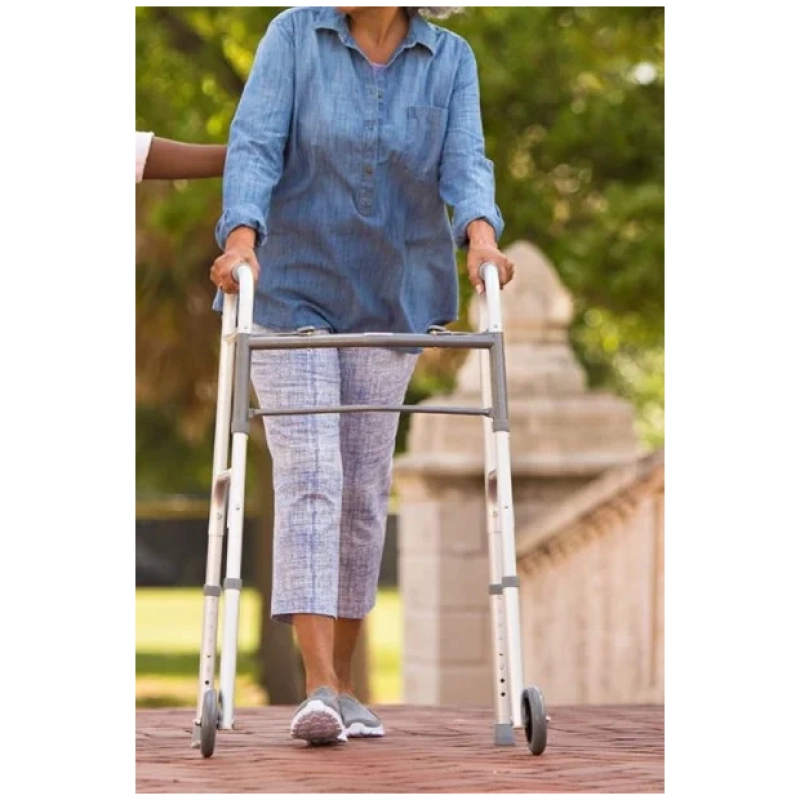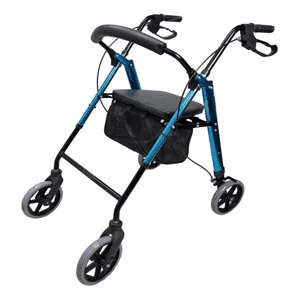Table of Contents
ToggleChoosing the right types of walkers is crucial to maintaining mobility and independence, especially for people of determination, injured persons, and the elderly. With many types of walkers available on the market, it can get overwhelming when choosing the one that best suits your needs. In this blog, we will go through the most common types of walkers available and their features, so you can now make an informed decision while selecting a walker for yourself or a loved one.
Types of Walkers
| Types of Walkers | Description | Benefits | Considerations |
|---|---|---|---|
| Canes | Single support stick | Lightweight, easy to use, portable | Less stable than walkers, limited support |
| Standard Walkers | Basic, liftable frame | Maximum stability, lightweight | Requires lifting, not for uneven terrain |
| Two-Wheeled Walkers | Wheels on front legs | Easy to maneuver, good stability | Less stable, not for very uneven surfaces |
| Four-Wheeled Walkers (Rollators) | Four wheels, hand brakes | Highly maneuverable, built-in seat, storage | Larger, requires brake coordination |
Canes
Canes are a single stick used for balance and support while walking. This is best suited for those who do not require a lot of assistance while walking. With just a little bit of support, they can walk. This is usually used by old people for added support and is also a style statement.
Benefits
- Easy to carry around
- Provides support for those who need a little bit of it
- Adds style quotient
- Available in high-quality wood and other durable materials
Considerations
- Does not provide optimal full body support
- Ideal only for those who are more independent and need very little support.
Standard Walkers
Standard walkers, often referred to as basic or traditional walkers, are the simplest type available. They consist of a lightweight, sturdy frame that provides stable support. These walkers require the user to lift the device with each step, making them suitable for those who need strong support but can manage the physical effort of lifting the walker.
Benefits
- Maximum stability
- Lightweight and easy to transport
- Ideal for short distances and indoor use
Considerations
- Requires upper body strength to lift
- Not suitable for uneven terrain
Two-Wheeled Walkers
The two-wheeled walker, also called the front-wheeled walker, has wheels installed on the front legs of the typical walker. This way, one can push the walker forward while keeping it without lifting or touching the floor. It reduces the amount of physical effort put in.
Benefits:
- Easier to maneuver than standard walkers
- It provides good stability.
- It is very versatile; it is suitable for both indoor and outdoor use
Considerations:
- Less stable than standard walkers
- Not ideal for extremely rough surfaces
- Wheels may not be ideal for very uneven surfaces
Four-Wheeled Walkers (Rollators)
Rollators are advanced; they are made with four wheels and hand brakes and are fitted with built-in seats and storage baskets. Rollators are very maneuverable and great for someone who needs a balance between support and mobility.
Benefits:
- High degree of maneuverability
- Built-in seat for added resting
- Ideally suited for long distances, including outdoor use
- Typically includes storage for personal items
Considerations:
- Larger in dimension and weighs more compared to the other walker categories
- Coordination required to use
- Expensive compared to other walkers
Choosing the Right Walker for Adults
When selecting a walker, consider the following factors:
Mobility Needs
Assess the current level of mobility and how much support is needed—two-wheeled walkers will be best for individuals who have moderate stability. If you cannot lift the walker but need enough support for weight-bearing, then a rollator will be best.
Environment
Take a moment to think about where you’ll use the walker most often. Standard walkers are best suited for indoor and flat surfaces. Rollators are going to be much more versatile because of their design and added features such as the seat and storage that are included.
Physical Strength
Your upper body strength should be considered while selecting the types of walkers that will best suit you. Standard walkers involve some degree of lifting, and that is not good for some. Rollators require less physical effort.
Other Features
Consider any other extra accessories that you will need. For example, if you do not have stamina and hence need to rest at small intervals while walking, then a rollator with a chair attached to it would prove to be very beneficial. Baskets are put on the rollators as accessories; this will help carry things like personal items.
Conclusion
Making the right choice while selecting a walker would always help maintain independence and improve quality of life. To make informed decisions, it is important to understand the types of walkers available in the market and what your needs are. The secret lies in choosing one that would provide maximum support, stability, and ease of use to the user in the specific condition.
Gilani Mobility offers a wide range of walkers that are of high quality. Also, explore our other mobility aids that could assist you. Experience true independence with the right choices.

